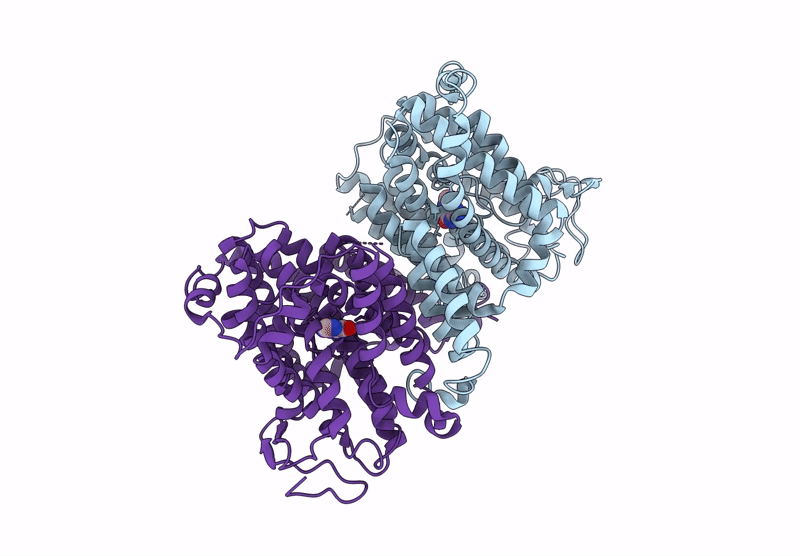
Deposition Date
2021-12-21
Release Date
2023-01-25
Last Version Date
2024-08-07
Entry Detail
Biological Source:
Source Organism:
Colwellia psychrerythraea (Taxon ID: 28229)
Host Organism:
Method Details:
Experimental Method:
Resolution:
2.80 Å
R-Value Free:
0.23
R-Value Work:
0.19
R-Value Observed:
0.19
Space Group:
P 21 21 2


